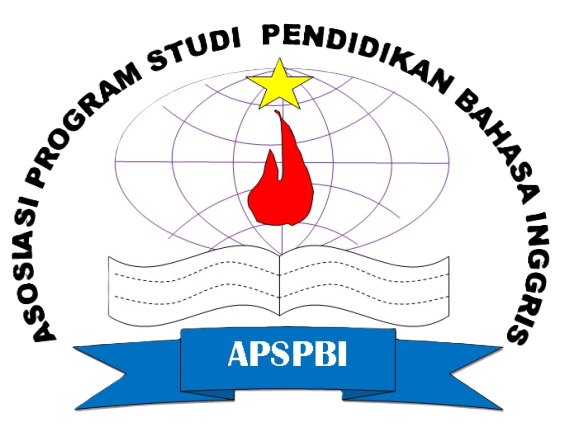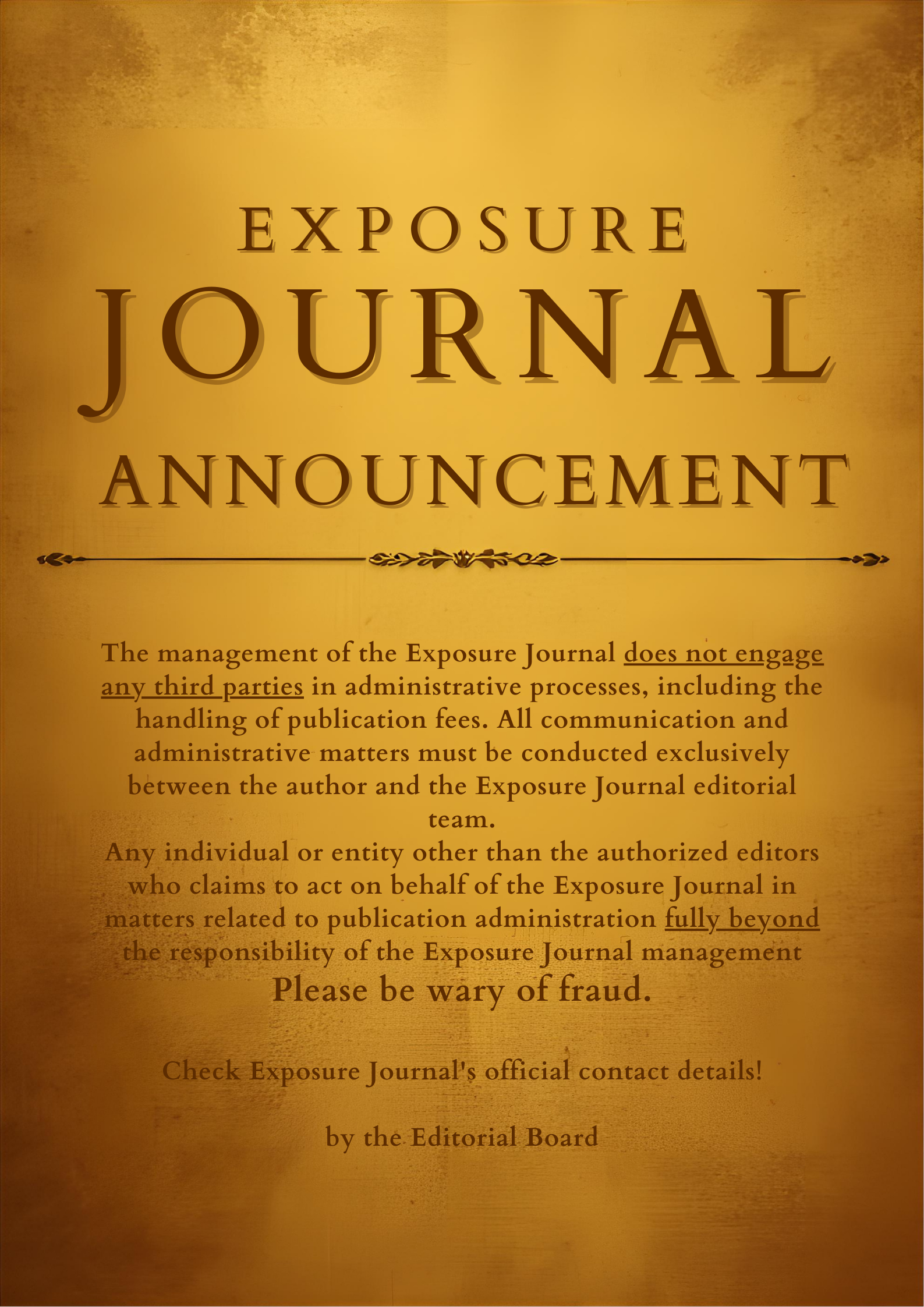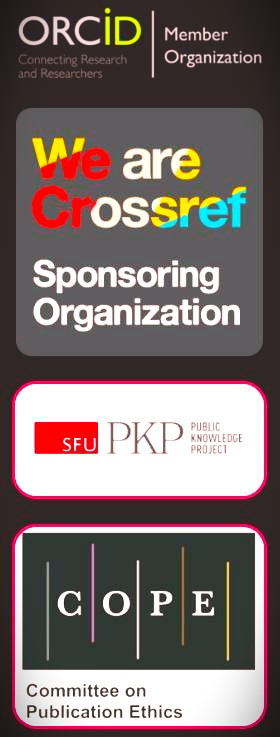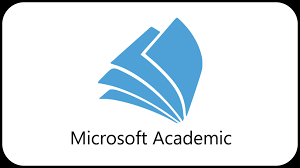IMPROVING THE STUDENTS’ SPEAKING ABILITY THROUGH ROTATING TRIO EXCHANGE STRATEGY
DOI: https://doi.org/10.26618/exposure.v4i2.927
Abstract
This research purposed to find out how the improvement of the students’ speaking accuracy and fluency through Rotating Trio Exchange Strategy at the eighth year of SMPN 1 Pallangga. This research was a classroom action research (C.A.R) which consisted of two cycles in which every cycle consisted of four meetings. The subject of this research was one of the classes with the total of students is 33 students. The instruments were oral test and observation sheet. The research findings of this research indicated the students’speaking ability in terms of accuracy and fluency through Rotating Trio Exchange Strategy was effective and significant in improving the students’ speaking ability. It was proved that the findings indicate that the mean score of cycle II was greater than the mean score of cycle I (7.55 > 5.84) and the mean score of cycle I also was greater than the mean score of D-test (5.84 > 4.19), it means that Rotating Trio Exchange Strategy improved the students’ speaking ability in English. Besides, it is better to use in teaching speaking ability than the conventional strategies because this was also improved the students' interest to make them active in learning the speaking ability. The conclusion of the research, Rotating Trio Exchange Strategy improved the student improved the student ability in accuracy and fluency.
References
Brown, Douglas. 1982. Principle of Language Learning and Teaching. Englewood CLIFFS. New Jersey. Patrice Hall inc.
Byrne, Donn. Teaching Oral English: Longman Handbooks for English Teacher. Singapore: Longman Group, 1986.
Chandran, Reshma. 2011. Language as a tool of communication,(Online), (https://www.classle.net/content-page/language-tool-communication, retrieved on 31 July 2012).
Curtis, Michaele. 2011. The Disadvantages of Using Cooperative Learning,(Online), (http://www.ehow.com/info_10044274_three-disadvantages-using-cooperative learning.html, retrieved on 27 July 2012)
Cruey, Greg. 2006. The Roles of Students and Teachers, (Online), (http://suite101.com/article/a-philosophy-of-education-part-iv-a4146, retrieved on 31 July 2012)
Darkenwald, G. G. and Merriam, S.B. (1982) Adult Education. Foundations of practice, New York: Harper and Row.
Depdikbud. 1985. Petunjuk Pelaksanaan Proses Belajar Mengajar dan Petunjuk Pelaksanaan Sistem Penilaian. Jakarta:Depdikbud.
Egan, Kathlen, B. Speaking: A Crtical Skill and a Challenge. Calico Journal, (Online), Vol. 16, No. 3, (https://www.calico.org/html/article_615.pdf, retrieved on 28 July 2012)
Elliott, J. (1991), Action Research for Educational Change, Open University Press, Milton Keynes.
Florez & MaryAnn, C. 1999. Improving Adult English language Learners’ Speaking Skills. Eric Digest,(Online), (http://www.ericdigests.org/2000-3/adult.htm, retrieved on 31 July 2012).
Fromkin, Victoria, and Rodman. 1883. An Introduction to Language Third Edition: Holt, Rinerhart and Winston.
Gay, L. R. 1981. Educational Research Competencies for Analysis and Application. Ohio: Charles E. Merril Publishing. Co.
Hornby, A.S. (1995). Oxford Advance Learners’ Dictionary. London: Oxford University Press.
Harmer, Jeremy. 2007. The Practice of English Language Teaching (4th ed.).Essex: Pearson Education.
Johnson, David W., and Roger T. Johnson. 1989. Cooperation and Competition: Theory and Research. Edina, Minn.: Interaction Book Co.
Julian Hermida from Gwyn Mettetal, “The What, Why and How of Classroom Action Research”, JoSoTL Vol. 2, Number 1 (2001)
Kayi, Hayriye. Teaching Speaking: Activities to Promote Speaking in a Second Language. The Internet TESL Journal, Vol. XII, No. 11, November 2006.
Klancar, N.I. Developing Speaking Skills in the Young Learner Classroom. The Internet TESL Journal, Vol. XII, No. 11, November 2006.
Manser, Martin H.1991. Teaching and learning Languages New York: Cambridge University Press.
Marcel. 1978. English Speaking Elements. Last update June, 15th 2008. Available on http//eng.gsu.edu/most.dos/ghtml.
Melannie. 2012. How to Improve your English pronounciation,(Online). (http://www.englishteachermelanie.com/study-tip-how-to-improve-your-english-pronunciation/, retrieved on 31 July 2012).
Nate. 2010. The Benefits of Study Group, (Online), (http://www.debtfreescholar.com/2010/02/6-benefits-of-study-groups/, retrieved on 27 July 2012)
Nunan, David . 1993. Designing Task for Communication classroom. New York: Cambridge University press.
Oxford Dictionary. 1996. Oxford Learner’s Pocket Dictionary. Oxford University Press. Walton street, New York.
Rivers, W. M.1983. Speaking in Many Tongues (third edition). Cambridge: Cambridge University
Silberman, Mel. (1996). Active Learning: 101 Strategies to Teach Any Subject. Needham Heights, MA: Allyn & Bacon.
Silberman, Mel. (1998). Active training (2nd ed.). San Francisco, CA: Pfeiffer.
Stevick, Earl W. 1982. Teaching and learning Languages New York: Cambridge University Press.
Thornburry, Scott. 2005. How to Teach Speaking . USA: Longman.
VanBarren, Jennifer. 1999. Public Speaking: Elements of Communication,(Online). (http://www.ehow.com/info_8153338_public-speaking-elements-communication.html, retrieved on 31 July 2012).
Watkins, Ryan. (2005). 75 e-learning activities: Making online learning interactive.San Francisco, CA: Pfeiffer.
Webster, Noah 1996. Webster’s Third New International Dictionary. Gove and Merriam Company Publisher. Springfield, Massachusetts, USA.
Weinsten, C. E. & Mayer, R. E. (1986) The Teaching of Learning Strategies. In M.C. Wittrock (Ed.), Handbook of research on teaching. New York: MacMilan.
Downloads
Published
How to Cite
Issue
Section
License
Authors who publish with this journal agree to the following terms:
In order to assure the highest standards for published articles, a peer review policy is applied. In pursue of the compliance with academic standards, all parties involved in the publishing process (the authors, the editors and the editorial board and the reviewers) agree to meet the responsibilities stated below in accordance to the Journal publication ethics and malpractice statement.
Duties of Authors:
- The author(s) warrant that the submitted article is an original work, which has not been previously published, and that they have obtained an agreement from any co-author(s) prior to the manuscript’s submission;
- The author(s) should not submit articles describing essentially the same research to more than one journal;
- The authors(s) make certain that the manuscript meets the terms of the Manuscript Submission Guideline regarding appropriate academic citation and that no copyright infringement occurs;
- The authors(s) should inform the editors about any conflict of interests and report any errors they subsequently, discover in their manuscript.
Duties of Editors and the Editorial Board:
- The editors, together with the editorial board, are responsible for deciding upon the publication or rejection of the submitted manuscripts based only on their originality, significance, and relevance to the domains of the journal;
- The editors evaluate the manuscripts compliance with academic criteria, the domains of the journal and the guidelines;
- The editors must at all times respect the confidentiality of any information pertaining to the submitted manuscripts;
- The editors assign the review of each manuscript to two reviewers chosen according to their domains of expertise. The editors must take into account any conflict of interest reported by the authors and the reviewers.
- The editors must ensure that the comments and recommendations of the reviewers are sent to the author(s) in due time and that the manuscripts are returned to the editors, who take the final decision to publish them or not.
Authors are permitted and encouraged to post online a pre-publication manuscript (but not the Publisher’s final formatted PDF version of the Work) in institutional repositories or on their Websites prior to and during the submission process, as it can lead to productive exchanges, as well as earlier and greater citation of published work (see The Effect of Open Access). Any such posting made before acceptance and publication of the Work shall be updated upon publication to include a reference to the Publisher-assigned DOI (Digital Object Identifier) and a link to the online abstract for the final published Work in the Journal.














